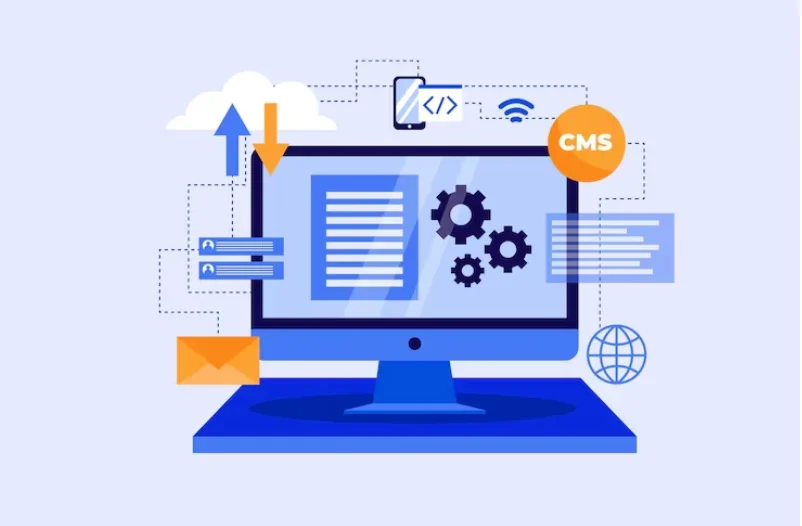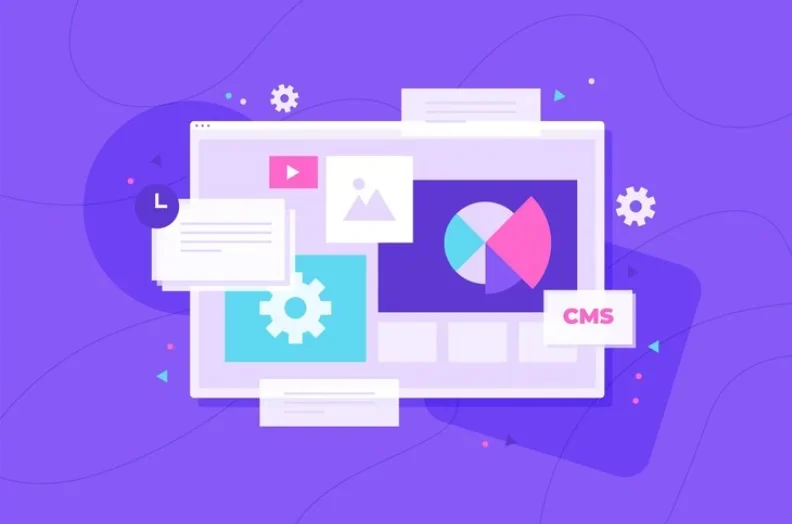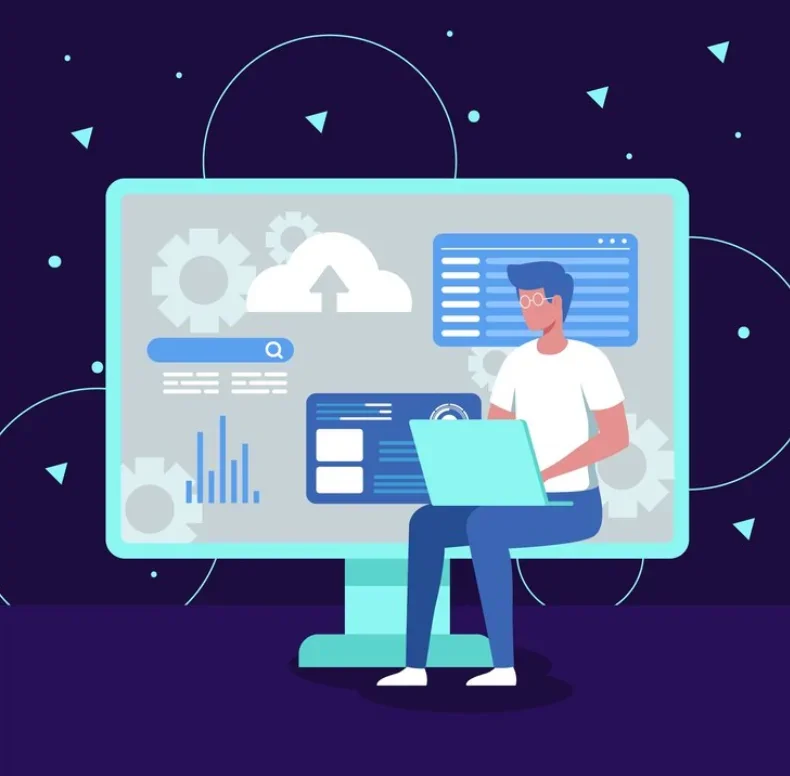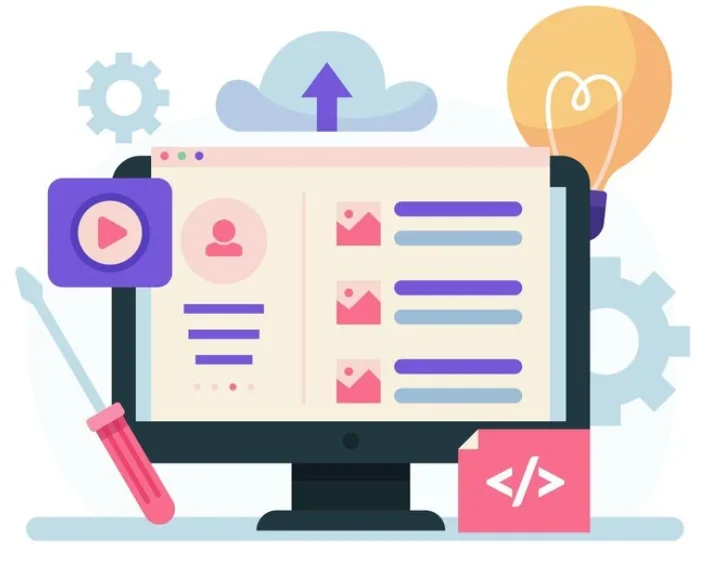How to Develop a Software Product: Procedures, Advice, and Expenses
The market for software products is expanding quickly, and there are no immediate indicators that this growth will slow down.
It is anticipated to increase even more, reaching an astounding $2.5 trillion by 2028, from a value of $1.6 trillion in 2024.
Companies are forced to create specialized solutions to fulfill the unique wants of their consumers in the customer-centric digital environment of today. To get a competitive advantage and attract clients, an increasing number of organizations are favoring the development of bespoke solutions over off-the-shelf ones.
In this post, we go over how to build a software product that consumers will enjoy and that adds real value.

Essential Steps in the Creation of Software
How should software be developed optimally? Which sequence should I follow? The software product development services should adhere to these seven primary processes throughout the project life cycle.
Idea Generation
It might be difficult to come up with novel ideas since there have been so many new technical advancements and IT goods released in recent years.
In the context of IT, brainstorming is a useful practice. It is an inventive way to identify the greatest ideas and solutions suitable for SDLC implementation. Everybody involved in the brainstorming process offers and contributes ideas during the conversation. Everyone may now feel accountable for the results and help.
Since it develops a broad roadmap and the primary needs for the projects, this stage is also known as planning.
Business Analysis
A feasibility study must be completed by the CEO and every team member before making significant investments in the project. The feasibility study assesses all elements, both technical and economic, that have an impact on the project development and may guide how to make your software profitable in the long term. Each team member—testers, developers, project managers, and others—must provide a precise estimate of how long it will take them to finish the particular tasks, efforts, and resources they must commit to. It will assist in figuring out all costs.
Design
The product is conceptualized during the SDLC's design phase. The specifications that are produced during the first two phases of software development are followed in the creation of the design. Like all other architects, designers construct the project's framework and produce the finished prototype that is used for the next stages of software development.
Programming
This is where developers are beginning to work with code. Every programmer has a set of software development duties that they are accountable for, including coding. Project managers oversee the software build process. The surgery that takes the longest is this step.
Integration
Finding out how to write software quickly and effectively requires integrating all sources and environments as it makes it easier to identify problems, conflicts, and defects early on. Continuous integration is a tool used by most teams, particularly agile ones. These teams employ automated compilation and testing, as well as unit testing.
Quality Assurance
QA engineers check the quality of developer-written code. To find out whether the system has any problems, they use several frameworks and testing methodologies. In addition to writing test cases and reporting defects to developers for resolution, testers also assist in determining the most effective way to construct software products.
Release
There will be software releases following the first product version. It is the last stage of development; support and maintenance might follow.

Best Tips for Developing Software Products
Now, that you know how to build a software product, let's talk about some of the best advice you can get for creating a software product that will succeed.
Never Give Up on Evaluating, Testing, and Improving
The procedure continues after your software items are deployed. In a technical sense, the development project has now come to an end. But that's only the start of an ongoing process of development if you want your firm to expand.
Recall that technological advancements come and go quickly. Trends and end users' behavioral habits are subject to rapid change. As a result, you can't afford to do anything and be comfortable with it.
Make User Experience (UX) a Priority
The creation of your software product should be centered upon the needs and preferences of your consumers. And with good cause, too.
As shown by Forrester's research, effective UX design may boost conversion rates by as much as 400%.
Construct Just Enough to Meet the Demands of Your Clients
It is normal to see a finished product with a large user base and a feature set when you have a concept for a product. It might be tempting to start from scratch to create the precise product you've been envisioning for a while.
The most important thing to remember while developing a software product is that the first iteration should only include the features necessary to address the primary issue raised by the client.
Construct an MVP
Creating a minimal viable product is the best approach to ensure that your software product can be successful in the market (MVP). An MVP is a stripped-down version of your product that has just the most important functionalities.
It's the best tool for validating ideas and will tell you whether or not your product is appealing to your target market.

What is the Cost of Developing a Software Product?
Determining the development cost of your software product is an arduous task. Every product has different needs, and development costs might differ greatly. Regretfully, "It depends" is the best response.
However, we can generally break down the expenses of building software products as follows:
- A basic product costs between $20,000 and $60,000.
- A product of medium complexity, priced between $60,000 and $90,000.
- A sophisticated product that costs more than $100,000.
Furthermore, additional services like product discovery are not included in this. To put it simply, there is no universally applicable estimate for the cost of developing a software product. Numerous aspects may affect your overall cost; we'll go over the most important ones in greater depth.

Important Elements Affecting Software Prices
The price of a software product is determined by several variables. The ultimate cost of developing software will depend on a variety of factors, including the size and nature of the project, its level of difficulty, and the composition of the development team.
Levels of App Complexity
The cost of an app decreases with its ease of development. On the other hand, applications with more features and properties and a greater degree of complexity will cost more to build.
Depending on what your software needs and how much maintenance it needs once it is deployed, the cost may be more or cheaper. An example of a basic app has a straightforward user interface with one or two objectives and doesn't need any backend processing. A more complex application has a whole backend processing pipeline, intricate algorithms, a large user interface, and a full technological stack.
Project Type
Project type affects project complexity, which in turn affects project cost. Certain project types could call for a certain set of skills. If your project calls for more user interaction—for example, many user categories and profiles—you could have to pay extra for the development process. The following project types should be taken into account while planning a software development project:
- creation of new software;
- software alterations;
- integration of software;
- web development;
- development of SaaS applications.
Project Dimensions
Projects may be classified as small, medium, or big. Simple or sophisticated, small projects could include making adjustments to or patching bugs in, already-existing software. Small mobile apps or web interfaces, which may also vary in complexity, might be the components of medium-sized projects.
Though they may still be simple, large undertakings are usually more intricate than smaller ones. Everything is dependent on the primary objective and features of the project. Larger, more complex projects could contain security features, database components, and integration.
Design of UI/UX
UI/UX design may be quite costly, even if it might not seem like the most expensive thing on the list. People are becoming more and more aware of the benefits of excellent user experience and the magic it can work for your app. Low engagement and frequent app abandonment are caused by poor UX design.
UI/UX design includes navigation and the overall ease and pleasure of using the program. It also includes elements like buttons, colors, and icons. These days, companies also aim to be inclusive and provide their goods to those with hearing and vision impairments. Software development expenses are significantly impacted by the quantity and complexity of UI components as well as the fees your designer charges.
Platforms
In general, there are two platform choices available for mobile solutions: native and cross-platform. Without getting too technical, cross-platform development enables companies to concurrently build apps for two platforms utilizing a single source code base, whereas native app development only produces one app for one platform (iOS or Android).
The drawback is that creating a native app requires writing two codebases, which drives up costs. On the other hand, native applications provide superior UX, faster loading times, and greater performance.
Back-end Systems and Associated APIs
In addition to the front end (UI/UX design), you also need to manage the application's backend. More intricate procedures will be needed to run the features of a larger program. For instance, you will find a plethora of secret operations that link users to drivers and administrators, load and update maps, monitor deliveries, and send messages concealed behind Uber's user-friendly interface and intuitive navigation.
Furthermore, data security is becoming an essential component of all businesses. Throughout the whole development process, you must consider data privacy compliance and make sure that the user and your data will be secure after the app is launched. With rules changing almost daily, it is more difficult than ever to maintain compliance and regulatory responsibilities in-house.
Team Size and Salaries
It should come as no surprise that a project's total cost is influenced by the number of its software development teams. A smaller team may be less expensive overall, but it will take longer to produce your product than a bigger team, which can work more quickly. A staff with experience will also operate more quickly and with fewer errors, but that experience will come at a cost. According to Glassdoor, a senior software engineer in the United States makes, on average, $195,000 annually.
Conclusion
Writing code is just one aspect of developing a successful software product; other factors include knowing your consumers, being flexible, and providing value. Therefore, ensure that your solution addresses a real-world issue while creating a ground-breaking software program or app.

